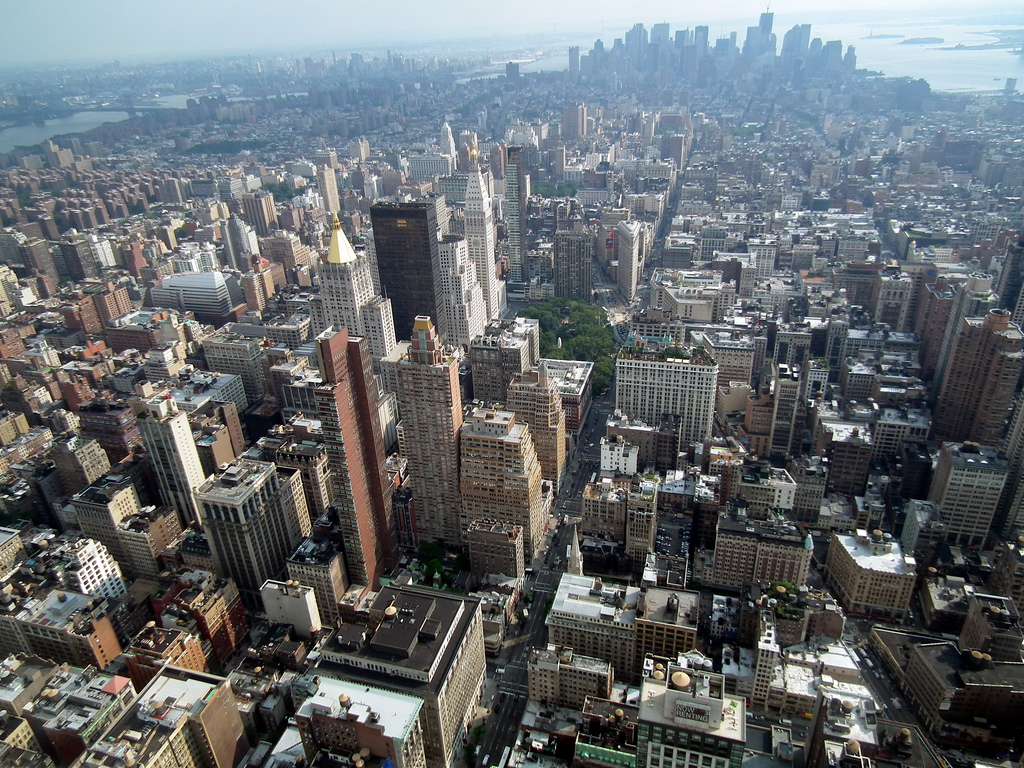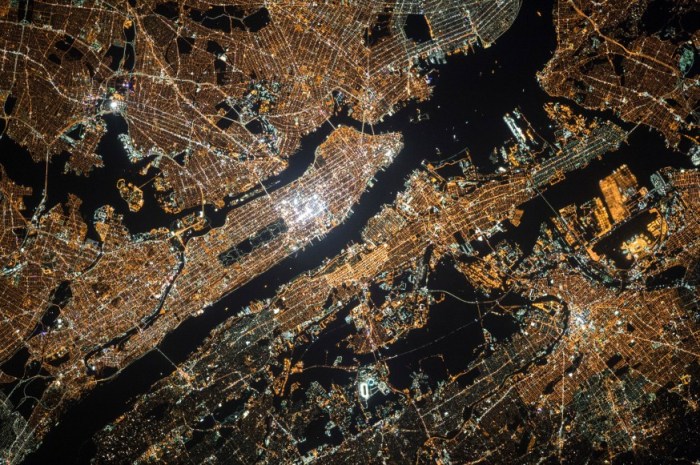New York metro area sees decrease in expansion in last three decades: Study

Flickr/Erik Drost
Even as developments keeping popping up across the New York metro area, a recent report shows that the region has actually seen a drastic decrease of expansion in the past few decades.
The metro New York region — which covers New York City and areas in New Jersey, Connecticut and Pennsylvania — has experienced a decrease in expansion of 45.1 percent since 1970, according to arecent studyreleased byBuildZoom.
Based on data from the analysis, New York has dropped in square miles of expansion from 525 square miles in the 1970s to 288 square miles in the 2000s.
New York — along with other major cities such as Boston, Philadelphia, Los Angeles, Seattle, San Diego, and others — have all seen a reduction in outward expansion and in turn experienced high property values. With the decrease, New York decelerated the ninth most of any of the top 40 metro areas in the United States.
Other cities — such as Atlanta, Austin, Houston and Phoenix — have instead increased outward expansion, with many of them either doubling or tripling their developed footprint, and seen greater population growth.
According to Dr. Issi Romem, chief economist for BuildZoom, the group of metropolitan areas seeing the decrease in expansion — referred to as “expensive cities” — are being blocked by such barriers as natural geography and local land use policies such as zoning requirements.
These areas also deal with stricter qualifications for project approvals and in some cases, according to Romem, deal with projects being decided by “hyper local authorities” who make it harder for outsiders to come into the city.
“America’s largest cities – ‘the expensive cities’ – have slowed down their outward expansion and failed to compensate with densification, but failing to build enough new housing does not maintain their character,” Romem said. “Instead, it affects the nature of who can and cannot afford to live in these cities.”
Even with its reported decrease in expansion, New York City itself reached a record high in population of over 8 million residents, according to the U.S. Census Bureau.
The growth of population was seen largely in the outer boroughs, such as Queens, Brooklyn and the Bronx.
Based on the U.S. Census Bureau’s analysis, demographers project that the city’s population will go over the 9 million mark by 2040.


















